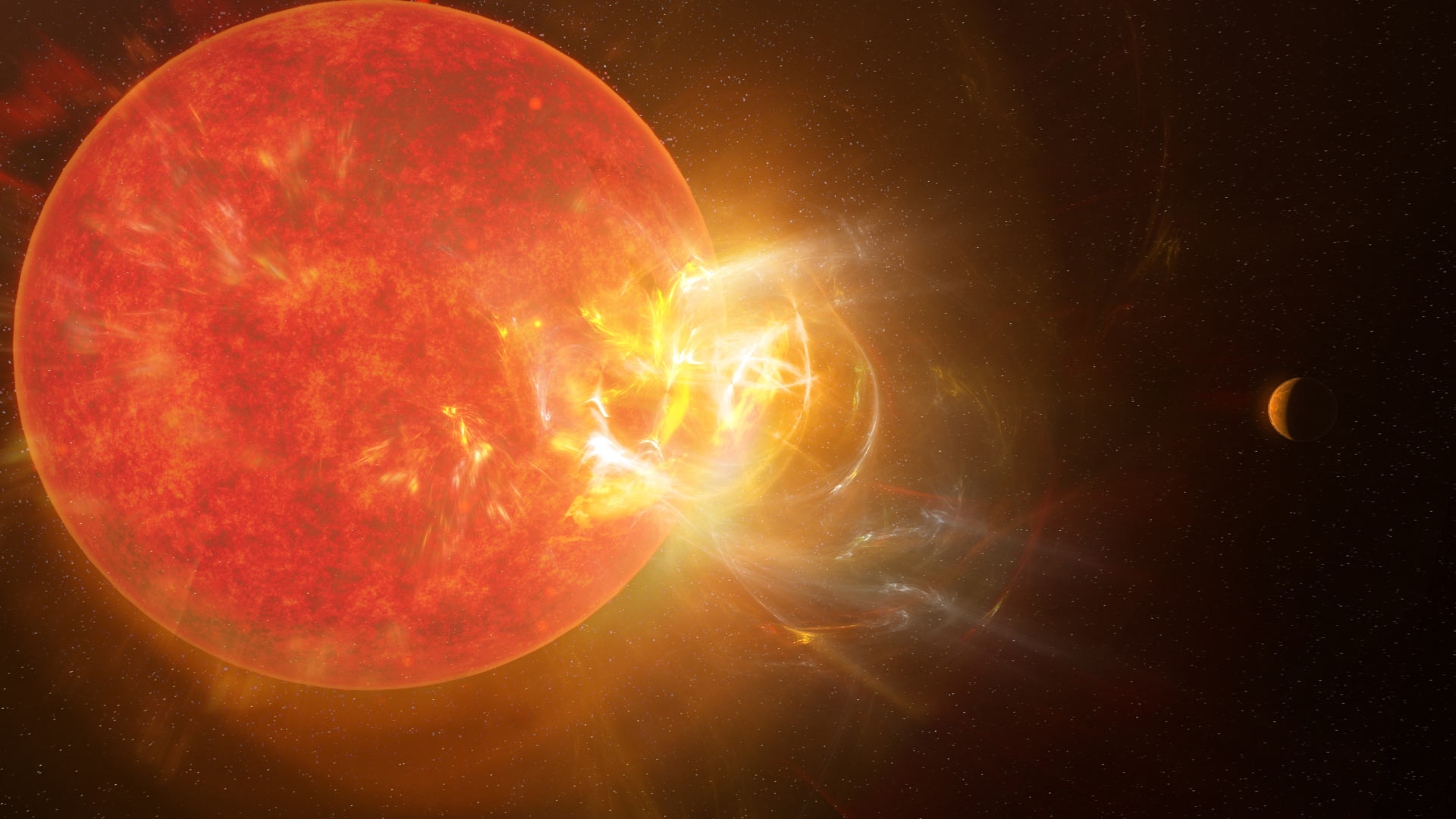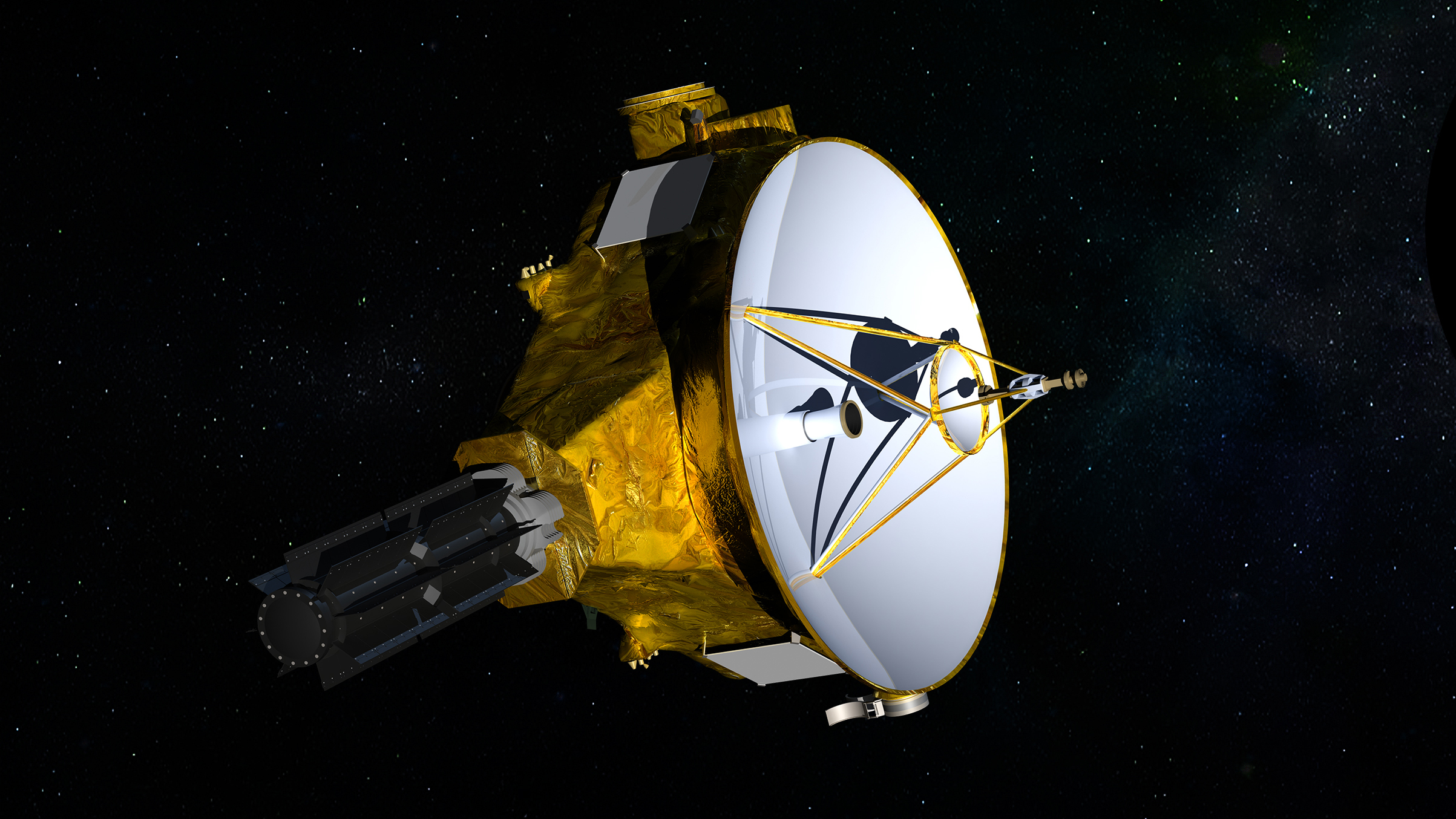06/28/2015 - 14.54 km/s (32,500 mph)
08/14/2015 - 14.50 km/s (32,400 mph)
10/31/2015 - 14.47 km/s (32,400 mph)
01/14/2016 - 14.45 km/s (32,200 mph)
12/24/2016 - 14.43 km/s (32,200 mph)
02/01/2017 - 14.31 km/s (32,000 mph)
06/02/2017 - 14.27 km/s (31,900 mph)
07/06/2017 - 14.26 km/s (31,900 mph)
12/26/2017 - 14.20 km/s (31,765 mph)
08/02/2018 - 14.14 km/s (31,630 mph)
09/01/2018 - 14.13 km/s (31,608 mph)
11/28/2018 - 14.10 km/s (31,540 mph)
03/18/2019 - 14.07 km/s (31,474 mph)
05/23/2019 - 14.06 km/s (31,450 mph)
02/14/2020 - 13.98 km/s (31,272 mph)
04/14/2020 - 13.97 km/s (31,250 mph)
New Horizon team giving an operational update and scouring space for anymore kbo encounter possibilities.
New Horizons: PI Perspectives?page=piPerspective_04_15_2020
08/14/2015 - 14.50 km/s (32,400 mph)
10/31/2015 - 14.47 km/s (32,400 mph)
01/14/2016 - 14.45 km/s (32,200 mph)
12/24/2016 - 14.43 km/s (32,200 mph)
02/01/2017 - 14.31 km/s (32,000 mph)
06/02/2017 - 14.27 km/s (31,900 mph)
07/06/2017 - 14.26 km/s (31,900 mph)
12/26/2017 - 14.20 km/s (31,765 mph)
08/02/2018 - 14.14 km/s (31,630 mph)
09/01/2018 - 14.13 km/s (31,608 mph)
11/28/2018 - 14.10 km/s (31,540 mph)
03/18/2019 - 14.07 km/s (31,474 mph)
05/23/2019 - 14.06 km/s (31,450 mph)
02/14/2020 - 13.98 km/s (31,272 mph)
04/14/2020 - 13.97 km/s (31,250 mph)
New Horizon team giving an operational update and scouring space for anymore kbo encounter possibilities.
New Horizons: PI Perspectives?page=piPerspective_04_15_2020
Upvote
0


